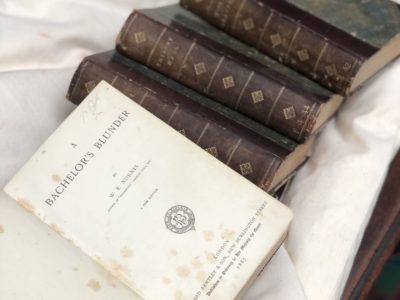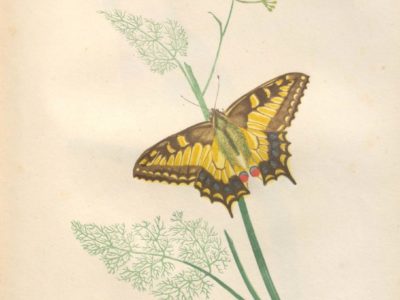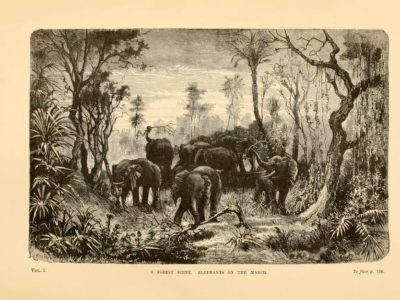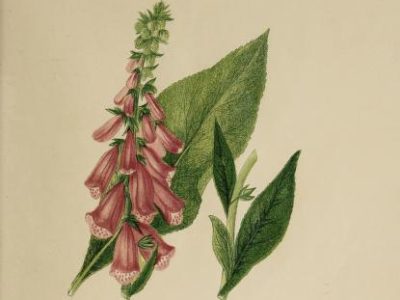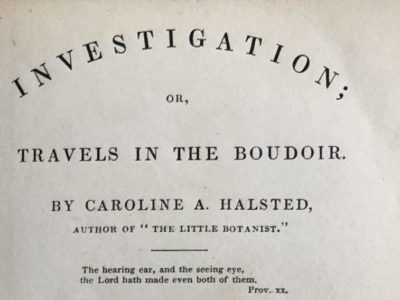Book of the month
Explore highlights from our collections, from the 15th century to the present day.
Joseph de Mendoza y Ríos (1761–1816) and the ‘Longitude Problem’
Successful sea navigation relies on being able to determine latitude (how far north or south you are) and longitude (how far east or west). When the Greenwich Royal Observatory was founded on 22 June 1675, sailors were able to measure latitude at sea by observing the altitude of the sun at midday, but once out of sight of land they had no easy means of determining longitude.
The art of bookbinding by Joseph Zaehnsdorf (1853-1930)
This week's Book in Isolation transports you to the Outer Library of the Institution to delve into the history of the Institution's bindings.
An intricate and arduous undertaking: George Montagu (1753-1815) and his collection of shells
Beautiful, intricate and varied, shells have adorned our clothes, our homes and our objects of art for centuries. From the end of the 17th century, natural scientists began to collect, organise, observe and draw them in earnest. George Montagu’s Testacea Britannica (1803) is one of the most important works of natural history to come out of the Age of Enlightenment – and it has a special significance for Exeter.
The forgotten novels of William Edward Norris (1847-1925)
In his day, W. E. Norris was described as the ‘Gainsborough of English novelists’, an heir to Trollope and a writer of ‘Disraelian intensity’ … so why aren’t we reading his novels today?
William Savage’s Practical hints on decorative printing (1822)
From the early 19th century, Koenig & Bauer’s new steam-powered double-cylinder printing press, capable of printing over 1100 sheets an hour, disseminated information fast. The circulation of The Times newspaper increased from 5,000 to 50,000 by the middle of the century. However, not all printing was about speed – in 1822 William Savage published his guide to fine art printmaking – still a popular art form today.
The ‘impulse of curiosity’: Hugh Clapperton’s explorations into the African interior
Furloughed on half pay following the end of the war with France, Captain Hugh Clapperton (1788–1827) looked to augment his income with an intrepid exploration into the African interior.
Why we shouldn’t judge a book by its cover
In this week's guest blog, Beth Howell reveals the fascinating contents of an unassuming volume of poisonous and noxious plants.
Hints on writing for children from the Lewis Carroll Picture Book
What is the secret of good writing for children? Is there even such a thing as a children's book? As an adult alert to the child within, Lewis Carroll knew instinctively how to write for children and adults simultaneously.
John Smeaton (1724-1792) and the Eddystone Lighthouse
Lighthouse keepers were certainly used to living in isolation; in this week's guest blog Edward Maunder tells the story of John Smeaton's Eddystone Lighthouse, situated 9 miles south of Rame Head off the Cornish coast.
Travels in the Boudoir; or, how to travel the world while staying at home
If you are beginning to tire of the present lockdown you may perhaps find some solace in this little book of travels in the boudoir, or how to travel the world without leaving the house - something, it would seem, that women especially were rather good at in the early 19th century.




